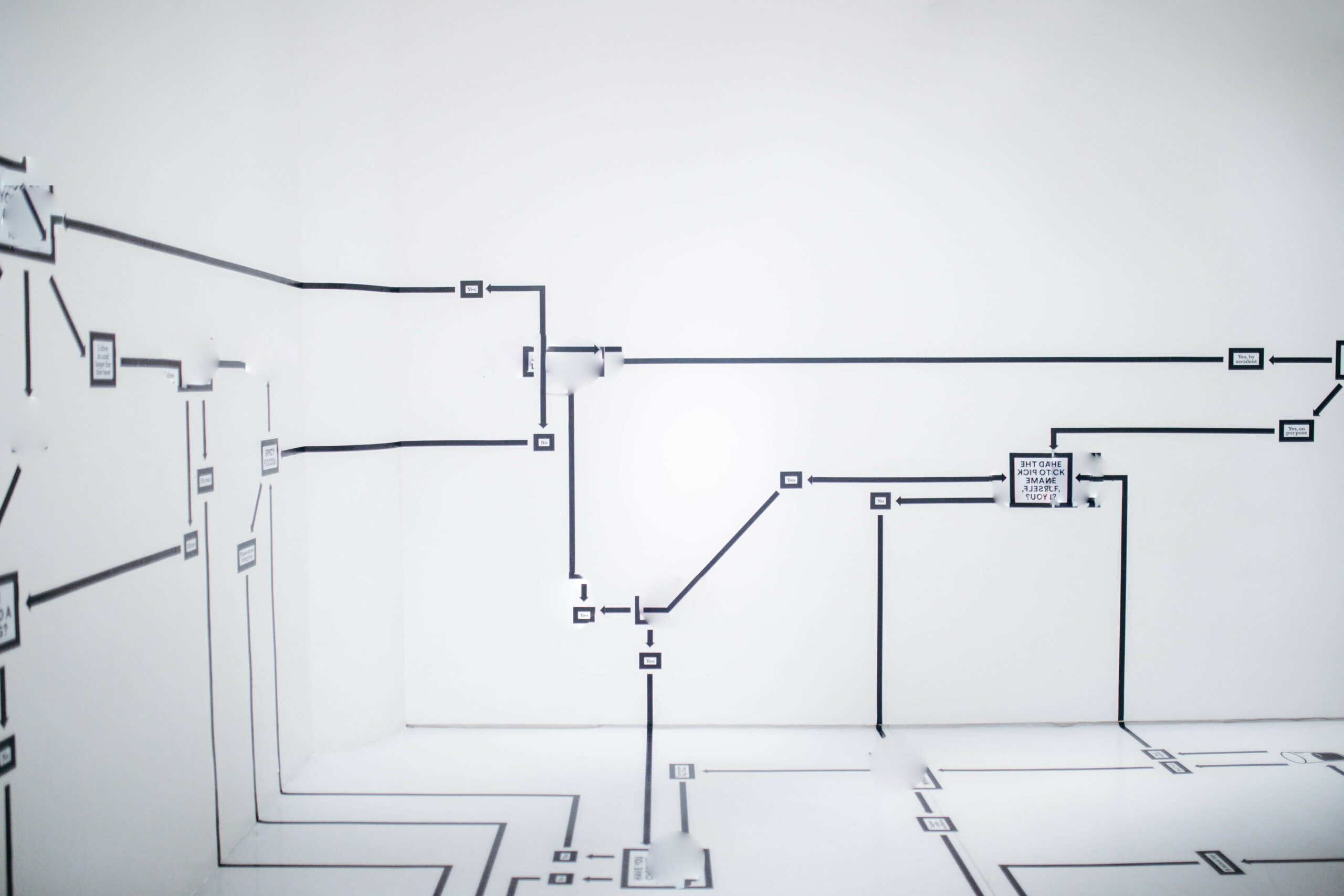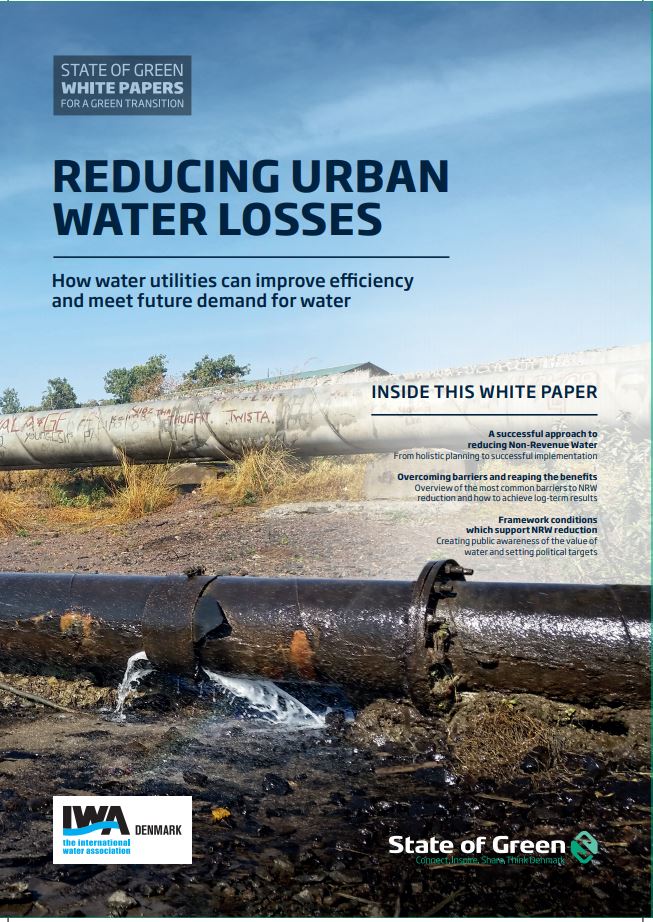Download our publication on reducing urban water loss today
This article is part of our publication ‘Reducing urban water loss’.
Download nowPerspective
Non-revenue water


Several aspects – covering the initial planning phase to the day-to-day operations, the use of high quality installations, good workmanship and introduction of new technology – need to be addressed in order to reach low NRW levels and ensure long-term success.
Achieving and maintaining an NRW level close to the Economic Level of Leakage (ELL), based on cost-benefit calculations of operating costs, strategy and activities, requires a strong and continuous focus on planning, operations, infrastructure maintenance, workmanship and performance monitoring.
A Management Information System (MIS) has to be established to continuously monitor the performance of the operation and evaluate the effects of the implemented programme. The more information and data that is available from the water distribution system and the more integrated the MIS is,
the more accurate the performance indicators will be. This will allow better decisions to be taken regarding new investments.
A strong MIS can therefore be the key to success in terms of prioritising actions and securing a fast return on investments.It is very important that an NRW management and water loss control programme is established and understood from the highest level of the organisation to the lowest. NRW reduction must be an agreed strategy for the entire organisation based on a holistic NRW master plan. Capacity building of staff at all levels in the utility, and its contractors, is therefore a vital element in the early phase of an NRW reduction programme.
As improvements in the water distribution infrastructure need to last for a long period of time, it is highly recommended to base the selection on life cycle costs analysis and use of high-quality components and products. Aspects which should be considered when selecting, purchasing and installing
new components include the length and the scope of the warranty, Total Cost of Ownership, energy consumption as well as their accuracy and long-term reliability. The different aspects of successfully reducing and maintaining a low NRW level are described further in the following chapters.

This article is part of our publication ‘Reducing urban water loss’.
Download nowNRW is commonly indicated and reported in high-level reporting as a percentage of system inputs into the system. This approach is acceptable for NRW levels above 20 per cent, as the NRW will be high no matter how it is measured. However, many factors can affect this performance
Indicator (PI) so it does not give an accurate picture of system performance. For the water utility staff charged with implementing NRW reducing strategies and activities, the NRW and leakage levels should be reported in both cubic metres/km of pipe/day and cubic meters/connection/ day.
The International Water Association (IWA) has further defined the Infrastructure Leakage Index (ILI), which reports real losses against expected unavoidable water losses for the system. This is calculated by taking into account the service pressure, the number of connections and the length of the pipeline. By using these additional performance indicators, the utility can target NRW reducing activities far more effectively to the physical areas and water balance components with the shortest and highest payback.